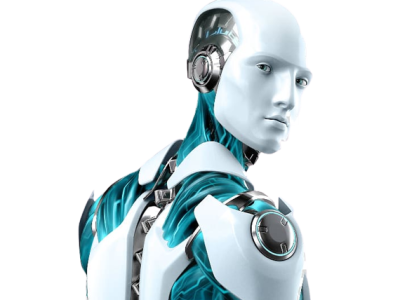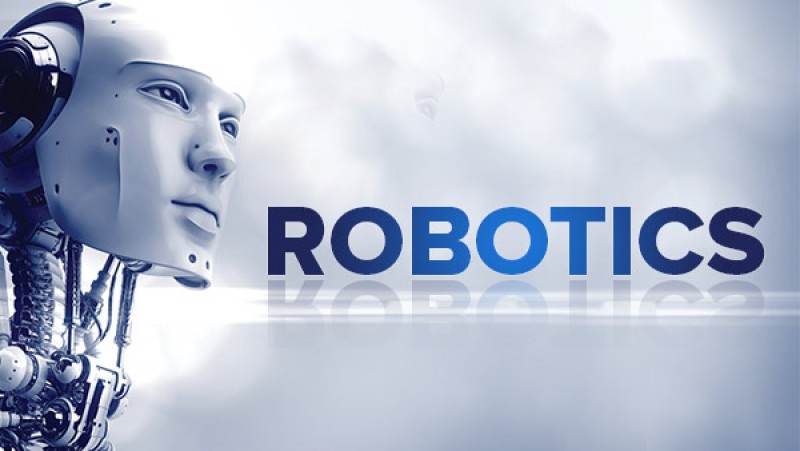Robotics, a rapidly evolving field, merges engineering, computer science, and automation. At its core, robotics aims to design and create machines capable of performing tasks traditionally done by humans. These machines, known as robots, range from simple automated tools to complex systems with advanced AI capabilities. As the integration of robotics in various industries accelerates, understanding the main purpose of robotics becomes essential for appreciating its impact on our future.
Table of Contents
Enhancing Efficiency and Productivity
One of the primary purposes of robotics is to enhance efficiency and productivity across various sectors. Robots can work tirelessly, without the need for breaks, vacations, or sleep. This ability to operate continuously makes them ideal for manufacturing, where they can perform repetitive tasks with precision and speed. The automotive industry, for instance, heavily relies on robotic assembly lines to produce vehicles faster and with fewer errors compared to human labor.
In agriculture, robots are transforming the way crops are planted, maintained, and harvested. Automated machines equipped with sensors and AI can monitor soil conditions, water levels, and crop health, ensuring optimal growth and yield. This not only increases productivity but also minimizes waste and resource usage, contributing to more sustainable farming practices.
Improving Safety and Working Conditions
Robots play a crucial role in improving safety and working conditions in environments that are hazardous or unsuitable for humans. In industries such as mining, construction, and nuclear energy, robots can perform dangerous tasks, reducing the risk of injury or death to human workers. For example, robotic arms can handle toxic chemicals, disarm bombs, or operate in extreme temperatures, all of which would pose significant risks to human health.
In healthcare, surgical robots have revolutionized procedures by allowing for minimally invasive surgeries. These robots provide surgeons with enhanced precision, flexibility, and control, leading to fewer complications, reduced recovery times, and improved patient outcomes. Additionally, robots can assist in patient care, performing tasks such as lifting and moving patients, thereby reducing the physical strain on healthcare workers.
Advancing Scientific Research and Exploration
The field of robotics is integral to advancing scientific research and exploration. Robots have become indispensable tools in environments that are otherwise inaccessible or too dangerous for humans. In space exploration, robotic rovers like NASA’s Curiosity and Perseverance are exploring the surface of Mars, gathering valuable data about the planet’s geology and climate. These missions provide insights that are crucial for future manned missions and the potential colonization of other planets.
Underwater exploration has also benefited significantly from robotics. Autonomous underwater vehicles (AUVs) can dive to great depths, mapping the ocean floor, studying marine life, and exploring shipwrecks. These robots can operate in harsh underwater conditions, providing scientists with data that would be impossible to obtain otherwise.
Supporting Healthcare and Rehabilitation
In the healthcare sector, robotics is making remarkable strides in supporting healthcare and rehabilitation. Robots can assist in performing complex surgeries with high precision, reducing the risk of human error. Robotic-assisted surgery allows for minimally invasive procedures, leading to faster recovery times and less postoperative pain for patients.
Rehabilitation robots are designed to help patients recover from injuries and improve their mobility. These robots provide physical therapy through repetitive, controlled movements, helping patients regain strength and coordination. In addition, robots can assist elderly individuals with daily tasks, promoting independence and improving their quality of life.

Facilitating Education and Skill Development
Robotics is also playing a significant role in facilitating education and skill development. Educational robots are being used in classrooms to teach students about programming, engineering, and problem-solving. These hands-on learning tools engage students in STEM (Science, Technology, Engineering, and Mathematics) subjects, fostering a deeper understanding and interest in these fields.
Moreover, robotics competitions and clubs provide students with opportunities to design, build, and program their robots, encouraging creativity and teamwork. By integrating robotics into education, we are preparing the next generation for a future where technological literacy is essential.
Promoting Innovation and Economic Growth
Robotics is a catalyst for promoting innovation and economic growth. The development and implementation of robotic technologies drive advancements in various fields, leading to the creation of new industries and job opportunities. For instance, the rise of automation has given birth to industries specializing in robotic maintenance, programming, and cybersecurity.
Startups and established companies alike are investing in robotics research and development, leading to breakthroughs that have far-reaching implications. The adoption of robots in manufacturing, logistics, and other sectors enhances efficiency, reduces costs, and increases competitiveness. As a result, countries that embrace robotics are likely to experience economic growth and improved standards of living.
Conclusion.
The main purpose of robotics is multifaceted, encompassing the enhancement of efficiency and productivity, improvement of safety and working conditions, advancement of scientific research and exploration, support for healthcare and rehabilitation, facilitation of education and skill development, and promotion of innovation and economic growth. As robotics continues to evolve, its applications will expand, further transforming industries and society. By embracing and understanding the potential of robotics, we can harness its benefits to create a better, more efficient, and safer future.


Leave a Comment